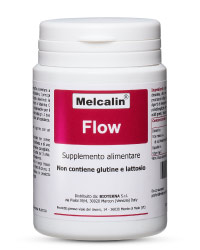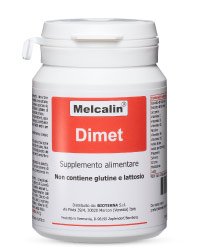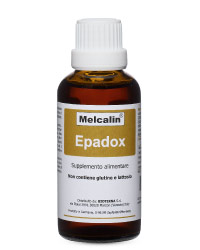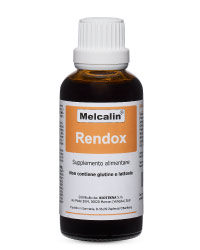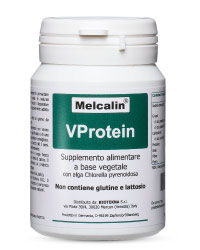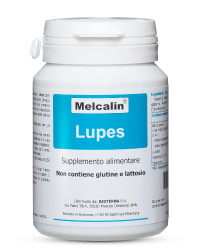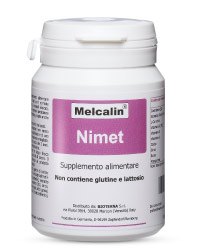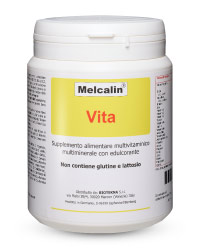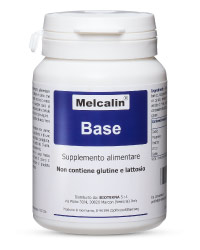Introduction
Chlorella pyrenoidosa is a green unicellular alga; is a popular food in the world for its high content of amino acids, protein, fibre, antioxidants and bioactive substances. The properties of chlorella are varied so that results to be an interesting food from a nutritional and therapeutic point of view.
Protein content and amino acids
Alga Chlorella is widely used as a nutritional supplement due to its high protein content as well as being a good source of vitamins and minerals: it contains about 60% protein, 20% carbohydrates and about 11% of unsaturated fatty¹.
Chlorella contains many essential and nonessential amino acids: high content of alanine, leucine, arginine, serine and glutamic acid ².
Vitamin and mineral source
The contained vitamins include vitamin C, provitamin A (β-carotene), thiamine (B1), riboflavin (B2), pyridoxine (B6), niacin, pantothenic acid, folic acid, vitamin B12, biotin, choline, vitamin K, lipoic acid and inositol as well as minerals such as phosphorus, calcium, zinc, iodine, magnesium and iron1.
Studies show that the Vitamin B12 algal is a bioavailable source for mammals3,4,5, furthermore a study of different types of algae and higher plants to verify the contents of the B complex vitamins (thiamine, riboflavin, nicotinic and folic acid), ascorbic acid and carotene has shown that Chlorella has the highest concentration of vitamin and that, in general, the green algae contain a greater amount of thiamine, riboflavin, folic acid, and carotene compared to plants that were analyzed, finally it is detected that the algae have an ascorbic acid content higher than that found in carrots6.
Immune system
Many studies have mainly covered the ability of certain components of chlorella to stimulate the immune system.
The immunostimulating activity has been put into evidence by studying its polysaccharide of high molecular weight; this compound has been shown to be a potent activator of monocytes and macrophages by modulating, in this way, the immune responses7,8.
In a clinical trial, some of chlorella polysaccharides have proved to be useful selectively in increasing antibody response to flu vaccine since they are able to stimulate the proliferation of B cells and activate macrophages9,10.
In research carried out on tumor cells was discovered that the preparation of chlorella showed no direct cytotoxicity against tumor cells but the documented anti-cancer effects may be mediated by the host immune response11, furthermore, these polysaccharides have proven to be 101.000 times more active than the preparations of polysaccharides currently used for immunotherapy of cancer12.
Chelating action
Chlorella has been shown to have a good potential for absorption of Nickel, Copper and Cadmium13,14,15,16. The toxicity caused by cadmium can be alleviated by increasing the excretion through the stool: the administration of Chlorella algae counteracts the heavy metal poisoning because it can reduce the damage to tissues by decreasing metal absorption17.
Other studies have shown that the increase in the amount of chlorella biomass increases the amount of Chrome which is bound 18 and furthermore that the assumption of a basis of chlorella preparations accelerate the excretion of Mercury, thereby decreasing the metal tissue levels19.
Antioxidant action
Microalgae are an important source of antioxidants so that algae-based foods are consumed worldwide; Chlorella contains compounds with a high antioxidant action20,21.
In icterus, Chlorella has been shown to have significant effects on the intestinal mucosa: its intake resulted in a reduction of intestinal lipid peroxidation, increased values of reduced glutathione (GSH), a decrease of oxidized glutathione (GSSG) and a significant reduction in ‘ villous atrophy compared to the control group22.
CGF-Chlorella Growth Factor
Dietary supplementation with chlorella may reduce blood pressure, lower serum cholesterol levels and accelerate wound healing.
Research done on various diseases such as hypertension and ulcerative colitis have highlighted the potential of chlorella to relieve symptoms and improve quality of life23.
In addition, there was evidence that dietary supplementation Chlorella may help alleviate the symptoms of fibromyalgia24.
Of great importance is the CGF-Chlorella Growth Factor which it is contained in the extract of chlorella: is an extract soluble in water which contains a variety of substances such as amino acids, peptides, proteins, vitamins, sugars and nucleic acids. Several Japanese research have suggested that this compound is able to promote growth and healing, stimulate the immune system, offering protection from infection and exert a significant anti-tumor activity1,25.
Conclusions
Chlorella pyrenoidosa represents a food known all over the world for its high content of amino acids, protein, fibre and antioxidants.
Its high content of active substances makes it a product suitable for various ailments: it stimulates the immune system, provides protection against infection and exert a significant anti-tumor activity as well as helping in the reduction blood pressure and lower serum cholesterol levels.
Melcalin Vprotein is a supplement made from 100% di Chlorella pyrenoidosa, its high content in proteins, minerals and vitamins makes it an interesting product from a nutritional and therapeutic point of view. It can then be shown to improve the immune defences, to have chelating action in respect of the heavy metals and to provide an adequate intake of protein and amino acids in the case of protein deficiency as a result, for example, of a vegetarian or vegan diet.




